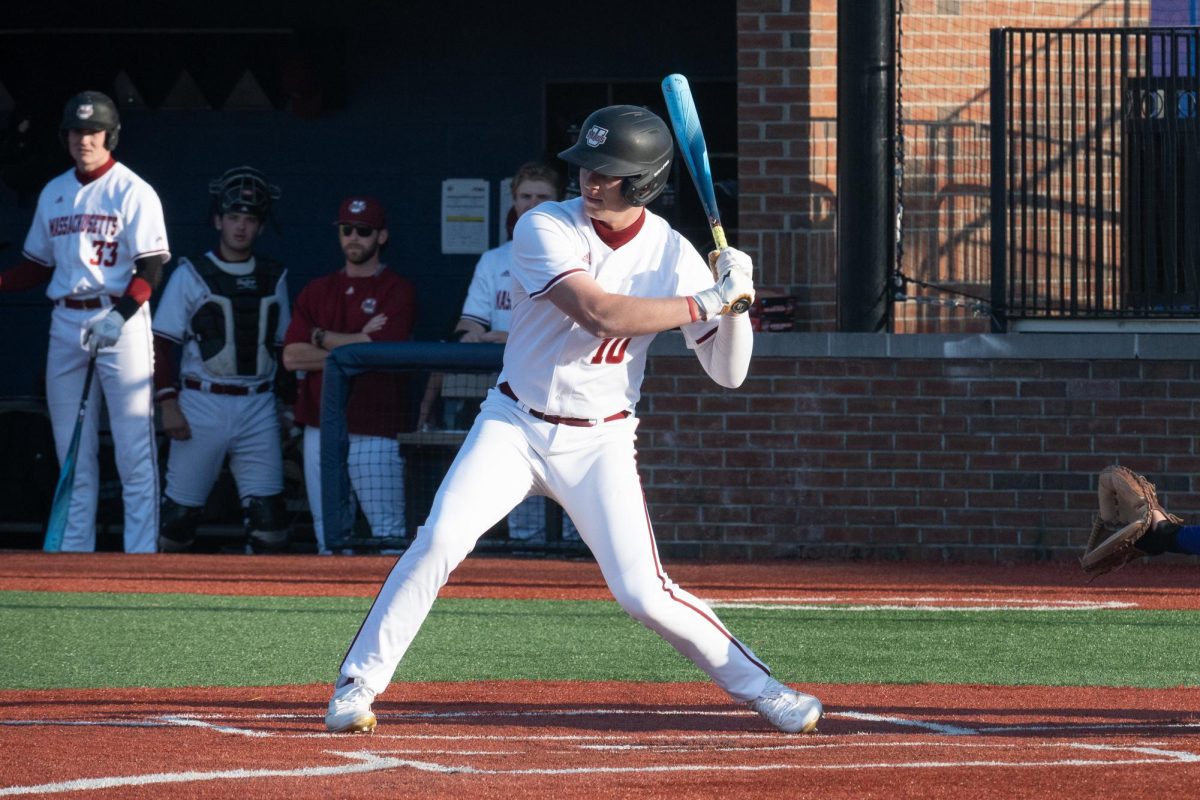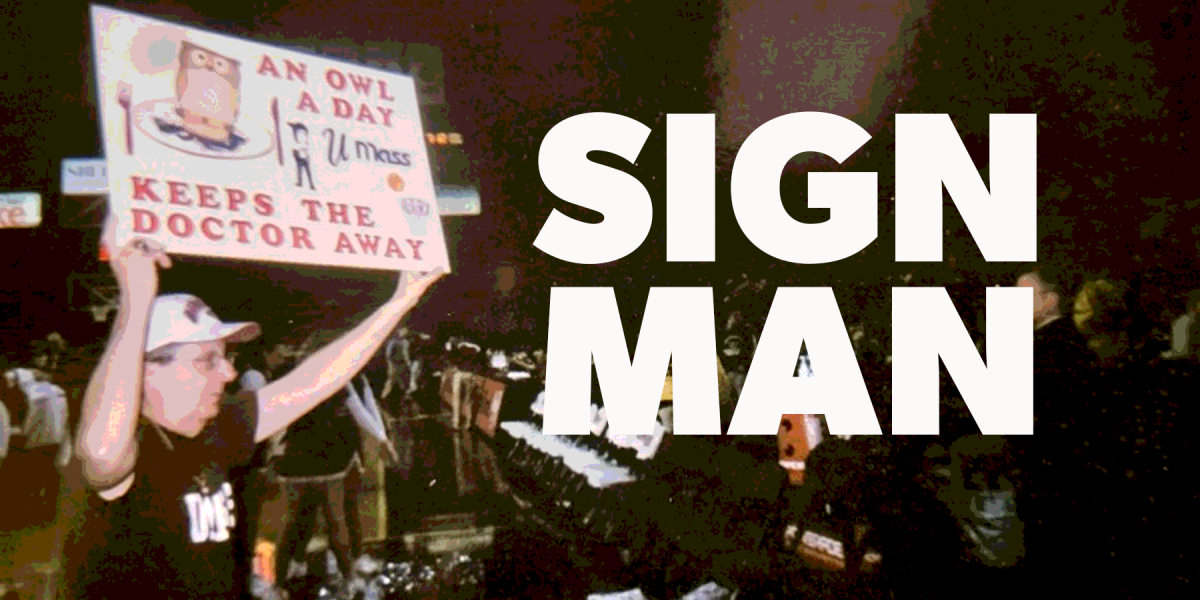
By Brendan Deady and Stuart Foster
Editor’s note: In the wake of numerous reported instances of gun violence on college campuses across the nation, the Daily Collegian is running a three-part series focusing on both national incidents and how the University of Massachusetts is prepared to handle an active shooter situation on campus. This is part one.
With 144 shooting incidents recorded at American schools since the beginning of 2013, many of them colleges and universities, some observers are beginning to view gun violence in educational environments as a growing epidemic. Many of these incidents are considered mass shootings, events in which a shooter randomly targets as many people as possible.
The greater frequency with which these mass shootings are occurring has created serious and constant discussion in the United States about American gun culture, the influence of masculinity in these events and the presence of mental illness in the perpetrators of violence.
Recently, the discussion reached the University of Massachusetts campus, as a 22-year-old man was placed under house arrest for threatening to “shoot up” UMass. The man, Zachary Simeone, pleaded not guilty in Eastern Hampshire District Court on Oct. 2 to charges of making a threat against a public university (mass shooting), assault with a dangerous weapon and two counts of threatening to commit a crime (murder).
Mass shootings have also resulted in the passing of new laws, at both federal and state levels, and policy changes by institutions that feel vulnerable to mass shootings, including many universities.
Virginia Tech enacted multiple policy changes after it suffered the deadliest attack by a lone gunman in American history. Seung-Hui Cho, a senior at Virginia Tech, killed two students in a residential building on April 16, 2007, hours before he murdered 30 students in Norris Hall, an academic building, and then took his own life.
Virginia Tech was heavily criticized for ignoring Cho’s two stalking incidents and violent poetry and plays he submitted for a class, which were retroactively seen by many as warning signs.
The university also faced criticism for sending a warning about the shooting in the residential building two hours after it happened and only 14 minutes before the shooting at Norris Hall began.
In response to the shooting, Virginia Tech updated its alarm system, gaining the ability “to disseminate emergency information via phone call, email, text message, website, Twitter, hotline and loudspeaker,” according to its director of emergency management. The school also established a centralized website with emergency plans to prevent students from clogging emergency lines with queries of what to do.
Because Cho had chained the doors of Norris Hall shut before the shooting, delaying emergency responders from entering the building, Virginia Tech replaced the doors of its academic buildings to prevent them from being chained shut easily.
Virginia Tech also hired more case managers, psychiatrists and counselors in reaction to the shooting, and received a $960,685 grant from the U.S. Department of Education to help identify troubled staff and students.
Following the incident at Virginia Tech, other universities began to address security shortfalls highlighted throughout the attack carried out by Cho. Around the same time, UMass erected its campus-wide alarm system.
The complexities of the driving factors behind a mass shooter’s actions result in a reflective set of suggested preventative responses. Stricter gun laws, more mental health availability and additional security measures are the most common responses.
“We have seen that quite a number of these significant and disturbing events have involved some mental health issues,” said Harry Rockland-Miller, director of the Center for Counseling and Psychological Health at UMass.
“I’m a big proponent that easy access, identification of students who are in distress and networks make a huge difference,” Rockland-Miller said. “If we can reach out and connect with someone who is in distress, the earlier we can do that the more successful they are going to be.”
Tom Schiff, the director of the UMass Men and Masculinities Center, reiterated the need for a greater sense of engagement, especially among circles of young men.
“It’s stigmatized to reach out to another person and ask how they are doing, especially among men. I’m not naïve – the world isn’t a hug away from a solution. But I see a serious lack of empathy, where a person next to you is something to be feared,” he said.
However, on the other end, interim UMass chief of police Patrick Archbald believes that the University must take all necessary preparations to effectively respond to a potential shooting.
“That has been the way it has been since Columbine. Two high school students were inside shooting and the police were outside waiting for SWAT team to arrive – many students died after police were on scene – that changed everything,” Archbald said. “Every officer needs to have SWAT capabilities and tools to go in as a team and stop the threat.”
In response to the Virginia Tech shooting, the state of Virginia passed legislation that required colleges to create threat assessment teams in order to prevent similar incidents from occurring.
On a national level, the National Instant Criminal Background System Improvement Act was signed into law following the shooting. It was established with the goal of allocating $875 million over five years to improve state computer records in order to prevent people with mental health problems from purchasing firearms. While Cho had been declared mentally ill by a judge in 2005, his records had not been entered in a database, thus allowing him to purchase guns.

Despite the high expectations for the NICS Improvement Act, only $50 million had been appropriated for it by 2012.
Another prominent mass shooting occurred at Northern Illinois University on Feb. 14, 2008. Steven Kazmierczak, the shooter, emerged from behind the stage in a lecture hall during the end of a class and killed five students before taking his own life. A former graduate student at NIU, Kazmierczak had a history of psychiatric incidents and had reportedly become erratic after he stopped taking his medication.
“We know that people with mental health problems as a whole have only the tiniest higher incidence of violence in the general population,” Rockland-Miller said. “So we have to be really cautious about stigma, because someone having mental health issues does not in any way mean that that person is going to be violent or has a risk for violence.”
Rockland-Miller said there’s an intersection between mental illness and the availability and access to firearms within the U.S.
“We do know access to weapons makes a difference, and states in this country, there is almost a direct relationship between firearms-infusion rate in the state and rates of suicide and homicide,” he said. “So access to lethal means does make a difference as well.”
Similar to the laws passed by the state of Virginia, Illinois passed legislation requiring universities to establish threat assessment teams. Many view Kazmierczak’s shooting as a copycat crime influenced by Cho’s actions at Virginia Tech, which can be seen as parallel to the likely influence Virginia’s laws had on Illinois.
Following the recent shooting at Umpqua Community College in Oregon on Oct. 1, in which 26-year-old Christopher Harper-Mercer killed nine people, injured nine others and then killed himself, Douglas County Sheriff John Hanlin refused to mention the name of the perpetrator. The same sentiment is debated following mass shootings, asking whether the national recognition is a driving factor behind the actions of young men turned mass killers.
“There’s a sense of entitlement that can be warped by a neglected person, or ‘outcast’,” Schiff said. “We associate male prominence, status, respect so heavily with violence that when a person feels wronged that becomes their greatest balancing act. To murder and to make their name known by those who they feel owed them that recognition in the first place.”
On May 23, 2013, Elliot Rodger, a former student at Santa Barbara City College in California, killed six people and himself in the area around the University of California at Santa Barbara. Rodger specifically targeted people in his apartment and a sorority at UCSB, but also targeted random people as he drove around the community of Isla Vista.
The Department of Education announced a $570,000 grant to assist UCSB in psychological recovery for students and faculty at the University. Almost a year after the shooting, a bank robbery resulted in three people being wounded by gunfire, resulting in an hour and a half lockdown on the University campus.
Schiff, who has an extensive background in psychological recovery, said he was particularly struck by the reaction to the UCSB shooting. He believes that a fault lies in the follow up of certain groups seeking to push a singular agenda supporting their own beliefs.
“Well it becomes about gun violence, mental health. Rodgers had years of psychological counseling and obtained weapons legally,” Schiff said. “My own point of view focuses on the entitlement he felt towards woman, the insecurity about his failure to reach a certain social expectation. But it doesn’t stop there, to point and say that one aspect is the sole cause behind someone’s actions is to have a narrow understanding of human beings.”
Though 144 shooting incidents have been recorded at American schools since 2013, they are not all mass shootings. Some of these incidents are related to gang violence, domestic strife, and gambling, among others.
While there is an increasing amount of mass shooting events in the United States, the total amount of gun violence has been decreasing for two decades, falling from 7.0 firearm-related homicides per 100,000 people in 1993 to 3.9 per 100,000 people in 2014.
Schiff received active shooter training when he previously worked at University Health Services. Though he feels the awareness is a good idea, he acknowledged that infrequent training can only prepare a person so much.
“I think the line is blurry,” Schiff said.
“It always is in complex situations. Do I think preparation is a good thing? Yes. But I also am wary of paranoia. We need a sense of community, to have the instinct to look at someone as a neighbor to engage, not a threat to fear.”
Brendan Deady can be reached at [email protected]. Stuart Foster can be reached at [email protected]. Shelby Ashline, Anthony Rentsch and Colby Sears also contributed to this report.


















